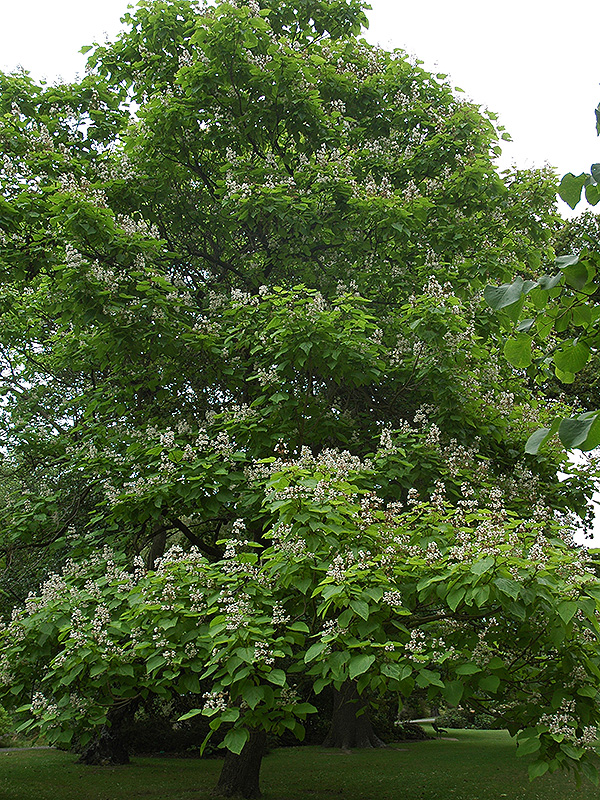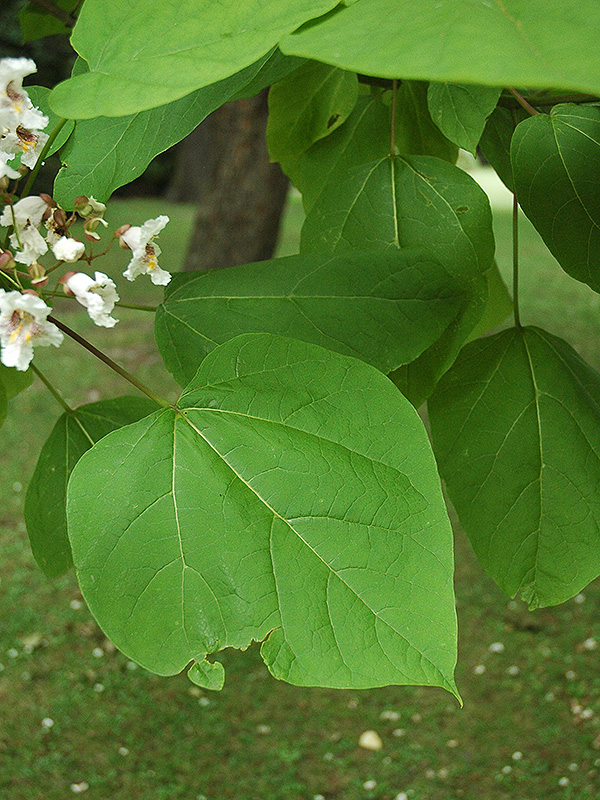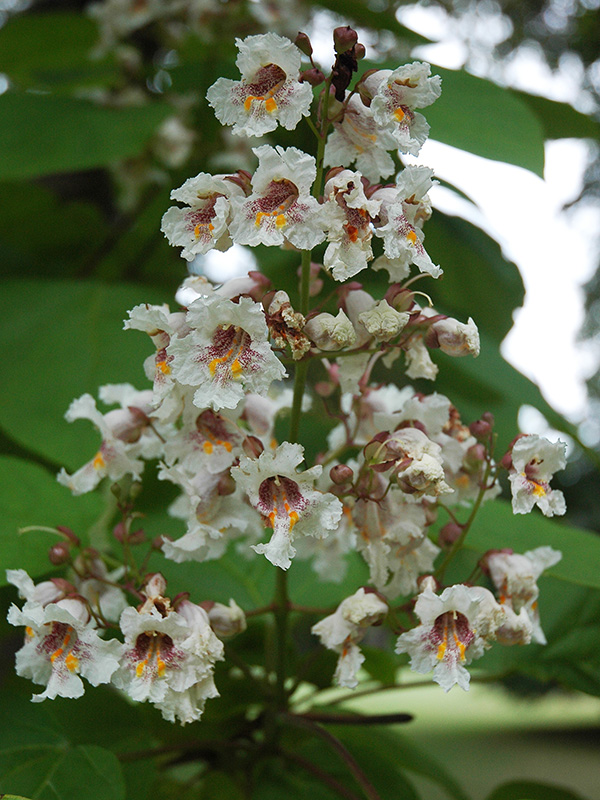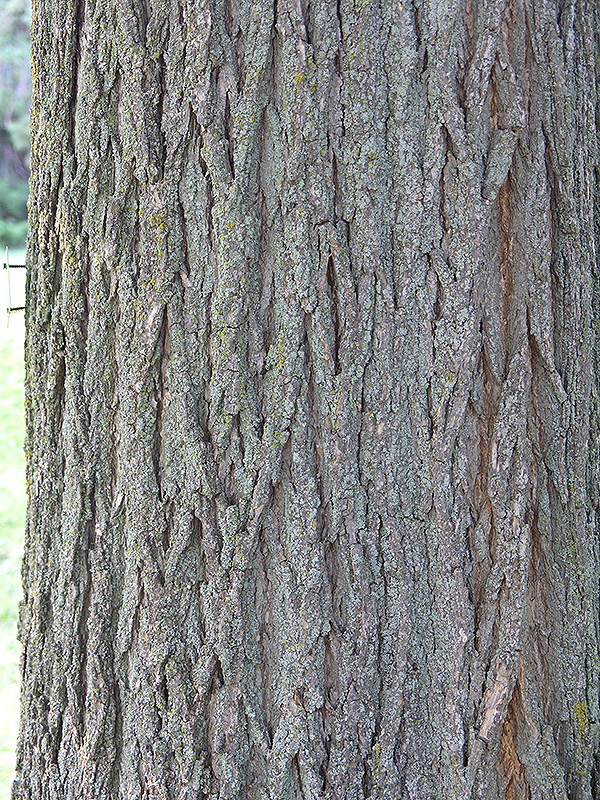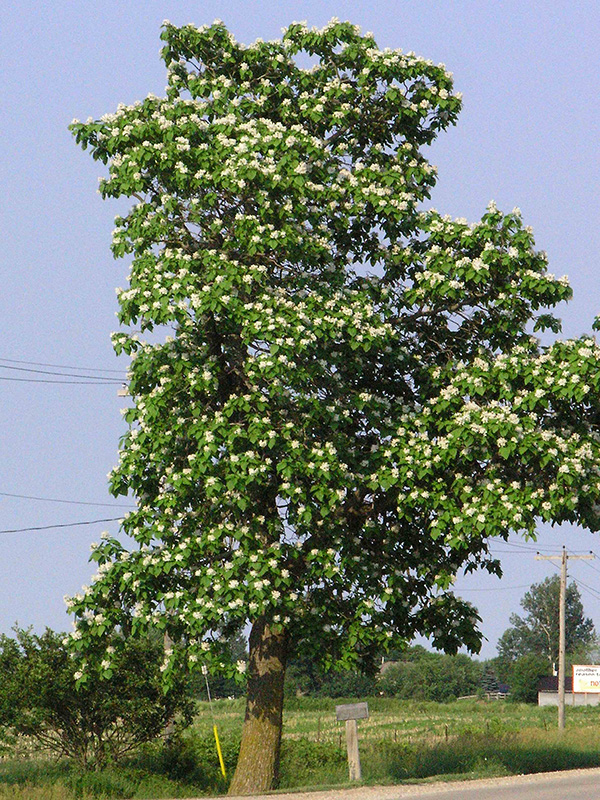
Woody > Catalpa > Catalpa speciosa > Catalpa speciosa
Catalpa speciosa
Western Catalpa
Origin: Southern Illinois and Indiana to Western Tennessee and northern Arkansas.
| Family |
| Bignoniaceae |
| Genus |
| Catalpa |
| Species |
| speciosa |
| Category |
| Woody |
| Type |
| Tree (deciduous) |
| Pronunciation |
| USDA Hardiness Zone |
| 4 - 8 |
| Canadian Hardiness Zone |
| 4 |
| RHS Hardiness Zone |
| H7 |
| Temperature (°C) |
| -34 |
| Temperature (°F) |
| -29 |
| Height |
| 16 m |
| Spread |
| 10 m |
Photographs
Description and Growing Information
Flowering Period
| Landscape |
| Large gardens, open spaces and parks. |
| Cultivation |
| Full sun and partial-shade. Moist, well-drained, deep, fertile soil with alkaline pH. Deer and drought tolerant. |
| Shape |
| Tall, irregular, open-rounded to narrow-oval crown. |
| Growth |
| Fast |
| Pests |
| Susceptible to verticillium wilt, leaf spots, mildew and twig blight. The larvae of the catalpa sphinx moth may cause damage. |
| Habitat |
| Bluff bases, lowland and upland woods. |
| Bark/Stem Description |
| Fissured and prominently ridged. |
| Flower/Leaf Bud Description |
| Terminal, absent, lateral, small and hemispherical. |
| Leaf Description |
| Broad ovate to ovate-oblong leaves that are pointed at the tips and rounded to cordate at the base. 15 - 30 cm long. |
| Flower Description |
| Bell-shaped, orchid-like appearing in panicles in late pring. 5 cm long. |
| Fruit Description |
| Long slender seedpods that are 30 cm long. The seedpods mature in autumn and split open lengthwise to release seeds within. |
| Colour Description |
| The leaves are light green to yellowish-green and turns yellow in autumn. The flowers are white with purple and yellow inner spotting. The seedpods are green and as they mature become a dark brown colour. The bark is a pale greyish-brown. |
| Notable Specimens |
| The Univeristy of Western Ontario, London, Ontario, Canada. The Living Center, Delaware, Ontario, Canada. |
| Propagation |
| Seeds, cuttings and root cuttings. |
